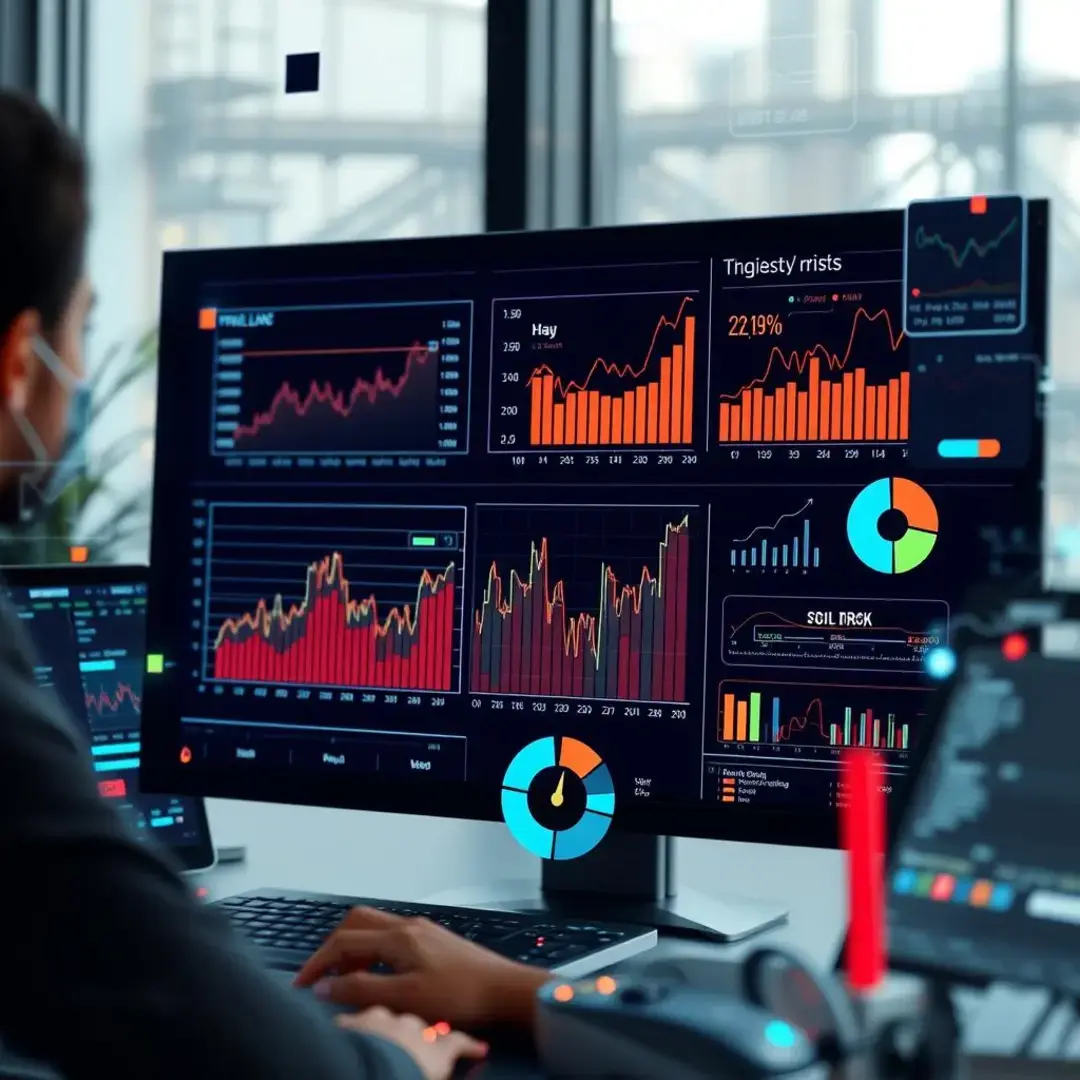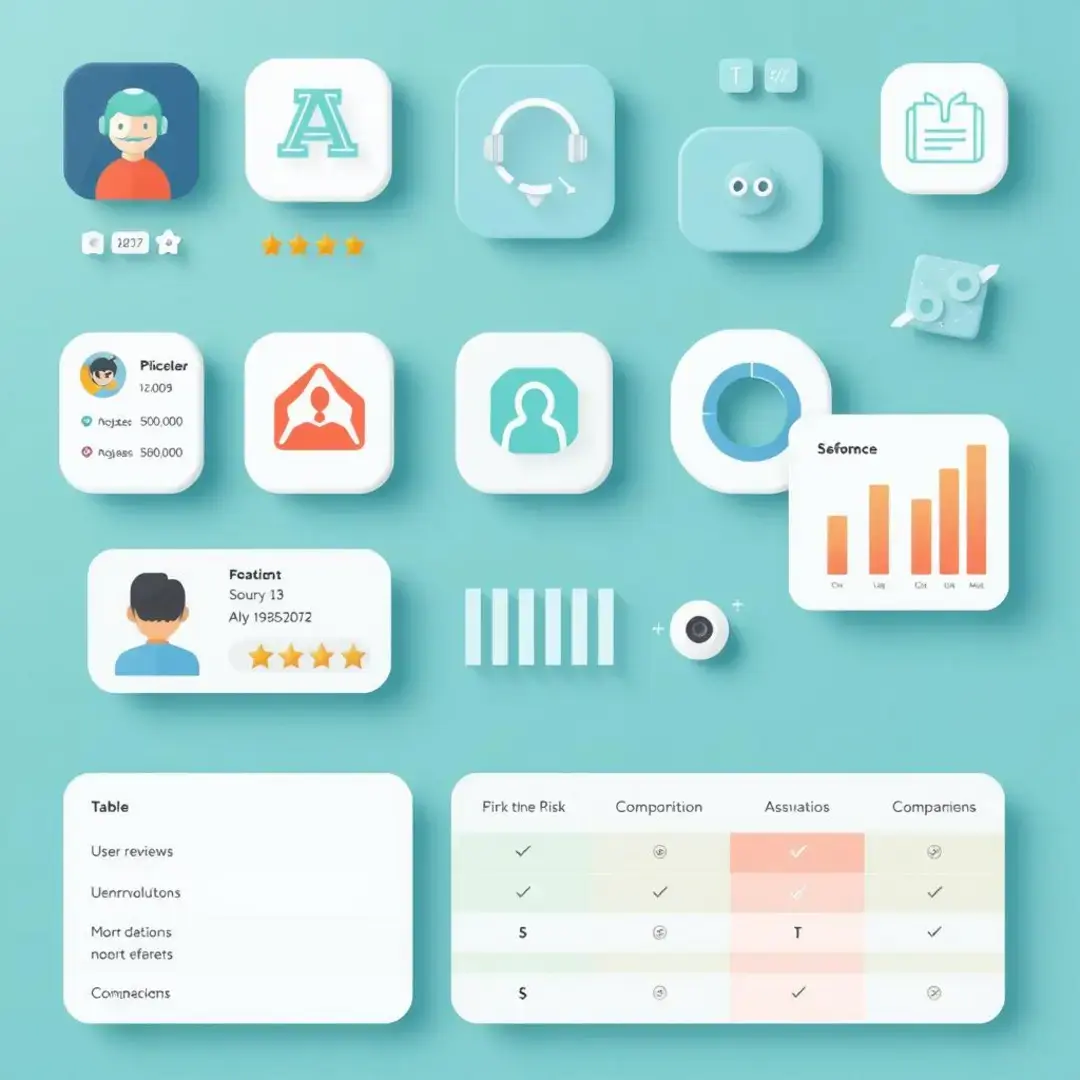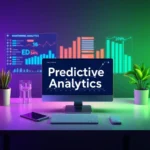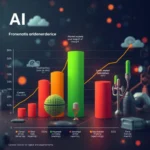Risk Assessment
Introduction

Overview of Risk Assessment in Predictive Analytics
Risk assessment is a crucial component of predictive analytics, enabling organizations to identify, analyze, and mitigate potential risks before they escalate. In today’s data-driven landscape, businesses leverage sophisticated algorithms and machine learning models to transform vast amounts of data into actionable insights. This evolution allows for better decision-making processes that not only protect assets but also enhance operational efficiencies. As we delve deeper into this intriguing field, we will explore the emerging trends and implications for various industries, along with the challenges that accompany them.
Key Trends in Risk Assessment

Emerging Trends
As artificial intelligence (AI) becomes more prevalent in risk assessment processes, the need for explainable AI is growing. Organizations aim to understand the rationale behind AI-generated insights, leading to improved trust and transparency in decision-making. This trend emphasizes the importance of creating models that not only produce accurate predictions but also provide users with a clear understanding of the underlying data and algorithms used. Thus, explainability in AI fosters stronger collaboration between data scientists and stakeholders.
Another significant trend is the shift towards real-time risk assessment. With continuous data streaming from various sources, organizations can now monitor and evaluate risks as they occur. This proactive approach enhances responsiveness and allows businesses to adjust strategies in an agile manner, thereby mitigating potential issues before they become detrimental. As technology advances, the ability to analyze data in real-time will only improve, making risk assessment even more effective.
Industry Impact
The financial services sector has been particularly affected by advancements in risk assessment methodologies. Institutions are increasingly using predictive analytics to forecast market trends and identify potential fraud. By applying data-driven insights, these organizations not only reduce financial losses but also ensure compliance with regulations. As financial markets become more complex, the role of cutting-edge risk assessment tools will continue to expand, shaping future strategies for financial sustainability.
In healthcare, risk assessment plays a pivotal role in patient safety and resource allocation. Predictive analytics can identify high-risk patients, aiding in early intervention strategies and improving overall healthcare outcomes. Furthermore, healthcare providers can utilize data to optimize operations, ensuring that resources are effectively utilized while minimizing waste. The integration of advanced risk assessment capabilities will undoubtedly lead to more efficient healthcare systems.
Challenges and Limitations
Despite the benefits, organizations face significant challenges when implementing risk assessment frameworks, especially regarding data privacy and security. As data privacy laws become more stringent, organizations must ensure their risk assessment practices comply with regulations. The handling, storage, and analysis of sensitive data require robust security measures to protect against potential breaches, adding complexity to the risk assessment process.
Additionally, bias in risk assessment models poses a considerable limitation. If not properly managed, biased data can lead to inaccurate risk estimations and unfair discrimination against specific groups. Organizations must emphasize the importance of using diverse datasets and regularly auditing their models to ensure unbiased outcomes. Addressing these challenges is essential for the credibility and effectiveness of risk assessment in predictive analytics.
Future Outlook

Future Developments
Looking ahead, one of the key developments in risk assessment will be the integration of AI-driven predictive capabilities. These advancements are expected to enhance the accuracy of risk predictions, allowing organizations to make better-informed decisions based on data-driven insights. By analyzing historical patterns and real-time data, AI can help forecast potential risks with greater precision, ultimately leading to improved risk management strategies.
Moreover, the emergence of automated risk mitigation tools is on the horizon. These innovative solutions will empower organizations to not only identify risk but also take real-time actions to manage it effectively. Automation will streamline processes, reduce human error, and ensure that organizations can respond swiftly to emerging risks, thereby enhancing overall resilience.
Market Predictions
Market analysts predict substantial growth in the risk assessment software market. As more organizations recognize the necessity of robust risk management frameworks, the demand for advanced software solutions will continue to rise. This trend presents opportunities for technology providers to innovate and cater to the evolving needs of businesses across various industries.
Furthermore, the adoption of cloud-based risk assessment solutions is projected to surge. Cloud computing offers scalability, security, and cost-effectiveness that traditional on-premises systems often lack. Consequently, organizations seeking efficient risk assessment tools will increasingly favor cloud-based options, solidifying their place in the market.
Potential Impact on Users
For businesses, the advancements in risk assessment technologies will lead to more strategic decision-making processes. By leveraging predictive analytics, organizations can gain valuable insights into their operations, potentially increasing profitability and market competitiveness. Additionally, proactive risk management will enhance organizational resilience, preparing companies to navigate uncertainties more effectively.
Consumers are also likely to benefit from improved risk assessment practices. Enhanced risk management within industries such as finance and healthcare will translate into better services and greater trust. For instance, with AI-driven insights, financial institutions can tailor their offerings to meet customer needs while ensuring compliance with regulatory standards. Ultimately, consumers can expect to enjoy safer, more reliable services as organizations invest in advanced risk assessment capabilities.
How to Choose the Right App

Step-by-Step Guide
The first step in choosing the right risk assessment app is to clearly define your organization’s needs. Determine the types of risks you want to assess, the data you currently have, and the insights you hope to gain. This foundational understanding will guide you in selecting a solution that aligns with your objectives and enhances your risk management strategies.
After defining your needs, it’s time to evaluate the available apps. Consider factors such as user reviews, case studies, and pricing options. Perform demos if possible, to get a feel for the app’s usability and ensure it meets your organization’s requirements. A thorough evaluation will help you make an informed choice that best fits your risk assessment strategy.
Conclusion

Risk assessment in predictive analytics is a dynamic field that continues to evolve alongside technological advancements. By understanding current trends, future developments, and best practices for selecting applications, organizations can effectively navigate the complexities of risk management. With the right tools and strategies in place, businesses and consumers alike can benefit from improved decision-making processes, leading to safer and more resilient operations.
Factors to Consider
When selecting a risk assessment application, factors such as scalability and integration are vital. Organizations should choose solutions that can grow alongside their needs, accommodating increased data volumes and user demands. Furthermore, seamless integration with existing systems will enhance usability and improve overall efficiency, ensuring that businesses can fully leverage their risk assessment tools.
Another important consideration is the availability of customization options. Organizations often have unique risk assessment needs that require tailored solutions. A versatile app that allows for customization will empower users to adapt it according to their specific requirements, making the risk assessment process more effective and relevant to their situation.





